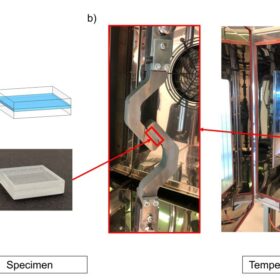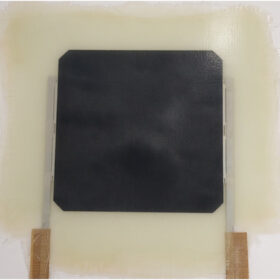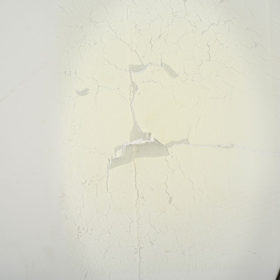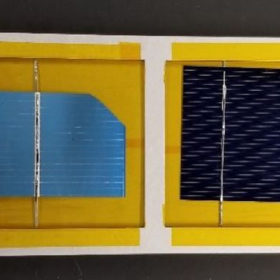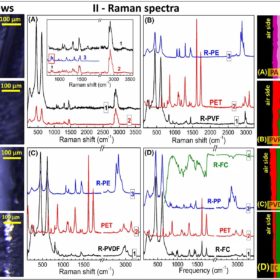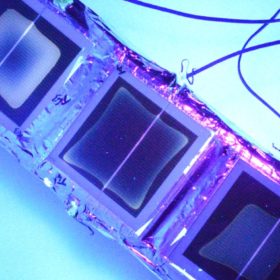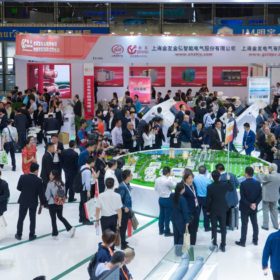New research identifies advantages of POE encapsulants in dual-glass solar modules
To understand better the long-term effects of humidity on durability of glass-glass modules, Austrian researchers carried out lengthy damp-heat tests on double glass modules made with EVA and POE encapsulants. They identified several POE advantages, such as improved interfacial strength and less water uptake, among others.
Novel solar module encapsulant based on glass-fiber, epoxy resin
Researchers in Spain have used a glass fiber reinforced composite material with an epoxy matrix containing cleavable ether groups as an encapsulant material for photovoltaic panels. They found that new material still has issues with performance stability, but they also ascertained it ensures lower electrical losses.
In search of the perfect polymer for PV backsheets, encapsulants
Scientists in Austria have examined the impact of different backsheet and encapsulant material combinations on module performance and degradation. This led them to develop a model to quantify the degradation rates of different materials, potentially helping manufacturers to identify better, longer-lasting materials for these vital module components.
Role of UV in solar cell degradation
US scientists have tested a range of modern cell designs under strong ultraviolet light and have found that many of them, including p-type PERC and n-type heterojunction cells, are more susceptible to degradation than older back surface field designs. They noted that the rear side of bifacial cells may be particularly vulnerable.
RenewSys expands solar encapsulant capacity to 3 GW, aims for 11 GW
Solar manufacturer RenewSys has expanded its encapsulant capacity to 3GW with the addition of a new line at its facility in Bengaluru, India. The company aims to eventually expand its encapsulant capacity to 11 GW.
Monitoring near-infrared transmission for a healthy backsheet
Scientists in Germany developed a method to determine the structure and degradation of module backsheets and encapsulants in the field, by analyzing the material’s near infrared light transmission. Applying the theory to a multi-MW PV plant, the group was able to identify four different backsheet types. With further development, the method could be a valuable tool to monitor module degradation in the field and spot faults early on.
Identifying early-stage discoloration in EVA encapsulants
A new, non-destructive method has been proposed by researchers in India who say identifying early-stage discoloration in EVA encapsulants can help detect degradation in solar panels before power output is affected. The scientists used an ultraviolet accelerated aging test during 34 days on three encapsulant samples.
Interview: keys to durability, and why it counts
From cost-per-watt on day one to output over 25 – 30 years: The understanding of value in the PV sector has begun to shift. Dow Chemical’s Brian Habersberger spoke to pv magazine about the materials helping inform and drive the transition.
Video: Dow showcases ENGAGE PV POE for encapsulant films at SNEC 2017
At its joint exhibition with Dow Corning at the SNEC show in Shanghai last month, Dow Elastomers showcased its ENGAGE PV POE solution, a polyolefin-based material that can be used in manufacturing both top and bottom encapsulant films for many module types.
